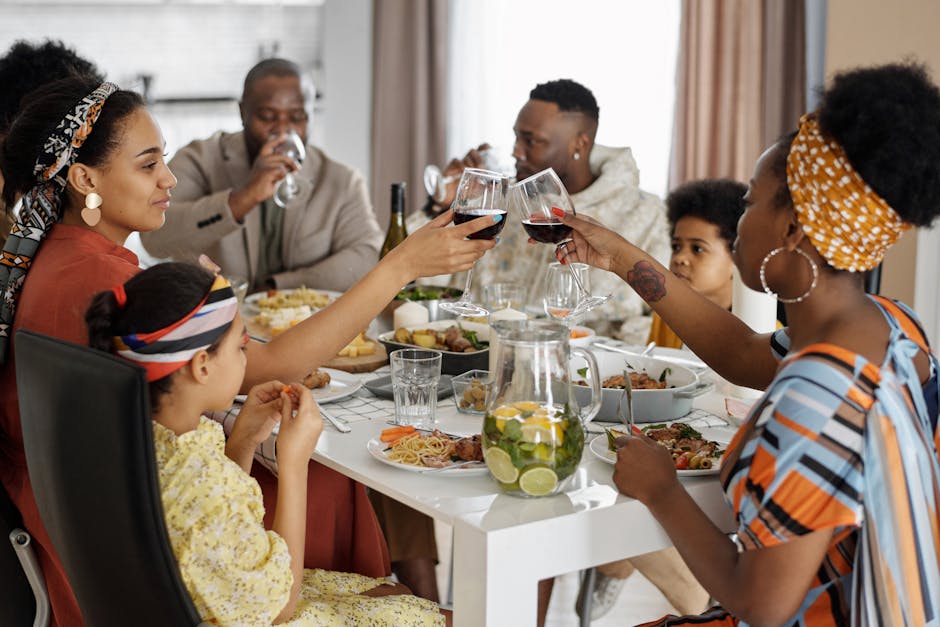https://www.youtube.com/embed/DL96da9UmEQ
WWW.BEATSBYSV.COM.
Great tools now available to become a top Blogger. Here you will find productive ideas to help you become a top Blogger faster than you think. Efforts on researching will always add value to your online assets.
https://www.youtube.com/embed/DL96da9UmEQ
WWW.BEATSBYSV.COM.
Hello everyone, thank you for joining me I'm Kerri. Today I'll be showing you how to crochet an easy elephant. I have designed this elephant with both large ears and smaller ears. Today I'll be showing you how to crochet the African elephant with the larger ears, but if you wanted the smaller ears I have it along with the African elephant on my pattern on my Ravelry store. When crocheted in 8 ply wool, this 1, the size is 13 centimeters by 9.5 centimeters or 5 inches by 3.5 inches. When crocheted using 4 ply crochet cotton, this 1, the size is 7 centimeters by 6 centimeters or 2.75 inches by 2.25 inches. I'll be using 8 ply wool today, which is light worsted in the US and double knit in the UK. I've got grey for the main color and white for the tusks. I've got a 3 millimeter crochet hook. A darning needle and scissors. I've got sewing thread and a needle to stitch the elephant together and also to embroider on the markings on the trunk, the toenails and the eyes.
Now I'll start on the head, so using my gray I make a magic loop. For a magic loop I put my hook on the yarn, bring the short end over the hook and then take the long end over the short end to form a circle. Put the yarn around my hook and then take the hook with that yarn at the end through the circle. And there's my magic loop. For row 1 I start with 2 chain and work 14 double crochet into my circle. A double crochet is a treble in the UK. So for a double crochet put the yarn around your hook. Hook into the circle through the front and then bring back a loop. Yarn around the hook, take the hook with this yarn at the end through 2 loops. Yarn around the hook, take the hook with the yarn at the end through the remaining 2 loops. And that's your first double crochet. We need 13 more double crochet into our circle.
Once we've worked our 14 double crochet we pull our circle tight, so we take hold of the tail and just ease it in as tight as we can. And then we join our circle with a slip stitch in the top of the first stitch, so this stitch here. We put our hook into the stitch, bring through a loop and take it straight through the loop on our hook. For row 2 we start with 2 chain and work 2 double crochet into each stitch around including the stitch where we've just worked our 2 chain. So 2 double crochet into this first stitch with the chain and then 2 double crochet into each stitch around.
And at the end of the row we join with a slip stitch in the top of the first stitch. For row 3 we start with 1 chain and we work 1 single crochet in the same stitch as the chain. A single crochet is called a double crochet using UK terms. For a single crochet we put the hook into the stitch and bring through a loop. Yarn around the hook and take the hook with the yarn at the end through both loops.
And then we work 1 single crochet into the next stitch. Now we're going to work 2 single crochet into the next stitch and 1 single crochet into each of the following 2 stitches and we'll repeat that all the way around. So 2 single crochet into the next stitch and then 1 single crochet into each of the following 2 stitches all the way around our row. 2 single crochet into the next stitch and 1 single crochet into each of the following 2 stitches. And then we join with a slip stitch in the top of the first stitch and fasten off. And that's the head done. I'll need to pull the circle in a lot tighter. I'll do that when I weave in my ends. For the body we start with a magic loop and work 2 chain and work 14 double crochet into our circle. Then we pull the circle tight and slip stitch in the top of the first stitch. For row 2 we start with 2 chain. Work 2 double crochet in the same stitch as the chain and then we work 2 double crochet into each stitch around our circle.
So that was 2 double crochet into each stitch right around the circle. So I'll work this row and I'll be back when I get to the end of the row. At the end of the row we slip stitch in the top of the first stitch. For row 3 we start with 2 chain we work 1 double crochet in the same stitch as the chain. 1 double crochet into the next stitch. Then we're going to work 2 double crochet into the next stitch and 1 double crochet into each of the following 2 stitches and repeat that to the end of the row. So 2 double crochet into our next stitch and 1 double crochet into each of the following 2 stitches. And repeat that right round the row. 2 double crochet into the next stitch and 1 double crochet into each of the following 2 stitches. And join with a slip stitch in the top of the first stitch and fasten off. And that's the body done.
Now for the trunk, using our gray we work 6 chain. For row 1 we miss the first chain and work 1 single crochet into each stitch to the end. A single crochet is a double crochet using UK terms. For row 2 we start with 1 chain and turn our work. We work a joined single crochet over the first 2 stitches. For a joined single crochet we put the hook into the first stitch and bring through a loop. Hook into the next stitch and bring through a loop and then yarn around the hook and take the hook with the yarn at the end through all the loops. Then we work 1 single crochet into the next stitch and a joined single crochet over the last 2 stitches. For row 3 we start with 1 chain and turn our work and we work 1 single crochet into each of our 3 stitches. For row 4 we start with 1 chain and turn. We work 1 single crochet into the first stitch and a joined single crochet over the last 2 stitches.
For row 5 we start with 1 chain and turn and we work 1 single crochet into each of our 2 stitches. For row 6 we start with 1 chain and turn and we work a joined single crochet over our 2 stitches. And then we work 5 chain. For row 7 we miss the first chain and work 1 single crochet into each remaining chain. And then we turn the bottom of our work around and slip stitch into the stitch from our previous row. And that's the trunk done. We're going to work a neatening row now and we're going to work a slip stitch into each stitch up the side and across the top.
So for a slip stitch put your hook into the stitch and bring through a loop and take it straight through the loop on your hook. Just find a suitable place to put your hook, not too far from the edge. And try not to pull it too tight, we want it to stay flat. And then I'm going to make my trunk bend this way, so I'm going to work 1 slip stitch into each stitch down to where I started the chain, so in this little section here I'm going to work a joined a slip stitch. If you wanted your trunk to bend the other way you'd work some slip stitch down here and bend it in at that side.
So just work a slip stitch down to where you want your trunk to bend. Now I'm going to work a joined slip stitch. So I put my hook into the first stitch and bring through a loop. Hook into the next stitch and bring through a loop and take it straight through all the loops. And that will just bend my trunk in a little bit and then I continue working a slip stitch into each stitch up to the tip.
Now I'm up to the tip, I've just worked into the side of the tip, so I work 3 chain and I slip stitch into the middle of that tip. And then work 3 chain and I'll slip stitch into the other side of the tip of the trunk and then I'm going to fasten off. if I wanted my trunk to bend the other way I'd work down that other side.
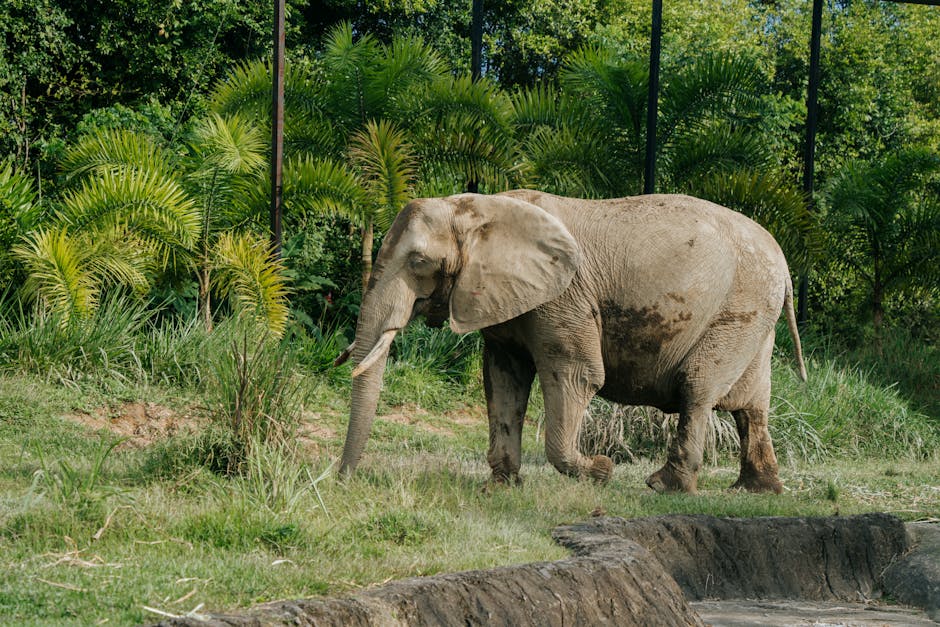
So there's the trunk finished. Now for the feet, they're both worked the same, using my gray I work 6 chain. For row 1 I work 1 single crochet in the second chain from the hook. Then I work 1 half double crochet into the next stitch. A half double crochet is a half treble using UK terms. For a half double crochet put the yarn around the hook.
Hook into the stitch and bring through a loop. Yarn around the hook and take your hook with the yarn at the end through all the loops. Then we work 1 double crochet into the next stitch. A double crochet is called a treble using UK terms. So yarn around the hook first before we start for that 1. And then we work a half double crochet into the next stitch and a single crochet into our last stitch.
For row 2 we start with 1 chain and turn our work and we work 1 single crochet into each of our 5 stitches. And for row 3 we start with 1 chain and turn and we work 1 single crochet into each stitch to the end. And that's the first foot done. We're going to work a neatening row of a slip stitch in each stitch around our foot. So just find a suitable place to put your hook and work 1 slip stitch into each stitch right around the foot.
And then fasten off. And that's the first foot done. Now the second foot is worked the same. We start with 6 chain. We work 1 single crochet in the second chain from the hook. 1 half double crochet into the next stitch. 1 double crochet into the following stitch. A half double crochet into the next stitch and a single crochet into the last stitch. For row 2 we start with 1 chain and turn and work 1 single crochet into each stitch to the end. We'll have 5 stitches. For row 3 we start with 1 chain and turn and work 1 single crochet into each of our 5 stitches.
And then work 1 slip stitch into each stitch around our foot and fasten off. Now for the ears, using my gray I make a magic loop and work 1 chain. Into my circle I work 3 half double crochet. 3 double crochet. 6 half double crochet. 3 double crochet and 3 half double crochet. I pull the circle tight. I join with a slip stitch in the top of the first stitch. For row 2 I start with 1 chain and work 1 half double crochet in the same stitch as the chain. 1 half double crochet in the next stitch and 2 half double crochet into the following stitch. Then I work 2 double crochet into each of the next 3 stitches. So 2 double crochet into each of the next 3 stitches. 2 half double crochet into the next stitch. 1 half double crochet into each of the next 4 stitches. 2 half double crochet into the next stitch. 2 double crochet into each of the next 3 stitches.
2 half double crochet into the next stitch and 1 half double crochet into each remaining stitch. Slip stitch into the top of the first stitch and fasten off. And that's the first ear done. It will have to be pulled tighter when I weave in my ends. The second ear is worked the same. We start with a magic loop and work 1 chain. Then we work 3 half double crochet into our circle. Then 3 double crochet. Next we work 6 half double crochet. Then 3 double crochet. And lastly we work 3 half double crochet. We pull the circle tight and join with a slip stitch in the top of the first stitch. For row 2 we start with 1 chain and work 1 half double crochet in the same stitch as the chain. 1 half double crochet into the next stitch and 2 half double crochet into the following stitch. Then we work 2 double crochet into each of the next 3 stitches. So 2 double crochet into each of the next 3 stitches. Then 2 half double crochet into the next stitch. 1 half double crochet into each of the next 4 stitches.
2 half double crochet into the next stitch. 2 double crochet into each of the next 3 stitches. 2 half double crochet into the next stitch and then 1 half double crochet into each remaining stitch. Slip stitch into the top of the first stitch and fasten off. And that's the second ear done. Now for this first tusk, using my white I work 5 chain. I work 1 slip stitch in the second chain from the hook. 1 single crochet into each of the next 2 stitches. And a half double crochet into the last chain and fasten off. And that's the first tusk done. For the second tusk, using my white I work 6 chain.
I work 1 half double crochet in the third chain from the hook. 1 single crochet into each of the next 2 stitches. And a slip stitch into the last stitch and fasten off. And that's the second tusk done. That's all of my pieces crocheted. I'll just weave in the ends and I'll be back and we'll put the elephant together. Now there's all my pieces. I've got the head, the body, 2 ears, a trunk, 2 feet and the tusks. The first things I'll do is embroider probably about 4 markings around the trunk, just like that 1 and I'll embroider on the toes. For the toes I embroider white bits first, the 3 white bits and then I embroider black around the sides and top. So I'll do those and I'll be back. The next thing I do is attach the trunk to the head.
The top of the trunk goes just over the circle in the middle, just about there. And then I'll embroider eyes, just about there and there on the head. Next I attach the tasks, just about there. And then I'll attach the ears, so the head goes just over the center circle, just in like that. Now the next thing I do is attach the body to the head. The trunk reaches down to just the bottom of the first row, so about there.
And then I'll attach the feet to the body, they go about there. So I'll attach them and I'll be back to show you the finished elephant. And there's the finished elephant. If you liked my video please like, subscribe and share. I'm also on Facebook, Instagram, Pinterest and Twitter. The details are in the description below along with the details of my website where I have my patterns. The details of my Facebook group and the details of my Patreon. Thank you for watching, see you next time. Bye..
https://howtoplaythedjembedrums.com/crochet-easy-elephant-tutorial-crochet-applique-tutorial/
Elephants are the largest animal living on land. It is one of the most powerful animals in the world with its hoses and sharp teeth, a rival to be feared. Elephants, two species of Asian elephants and African elephants, have few enemies. The male African elephant can reach 4 meters in length and 7,000 kg in weight. That's why no animal wants to fight an elephant. Animals such as rhinoceros, hippopotamus, buffalo, and lions may encounter elephants.
They use their long and pointed incisors as a weapon while fighting. Since the relationship between elephants is very high, every individual is very important. This herbivorous elephants are found in natural habitats such as savannah, forest, desert, and swamp. Elephants, who generally prefer to stay near water, also try to get into the water and cool off with their hoses. Generally, animals prefer to stay away from elephants. Predators such as lions, tigers, hyenas, and wild dogs only attack baby elephants. However, big cats such as lions and tigers can also attack large elephants. Elephants are usually peaceful animals. Females may, however, be aggressive when young calves are present and bulls can be exceptionally aggressive during musth.
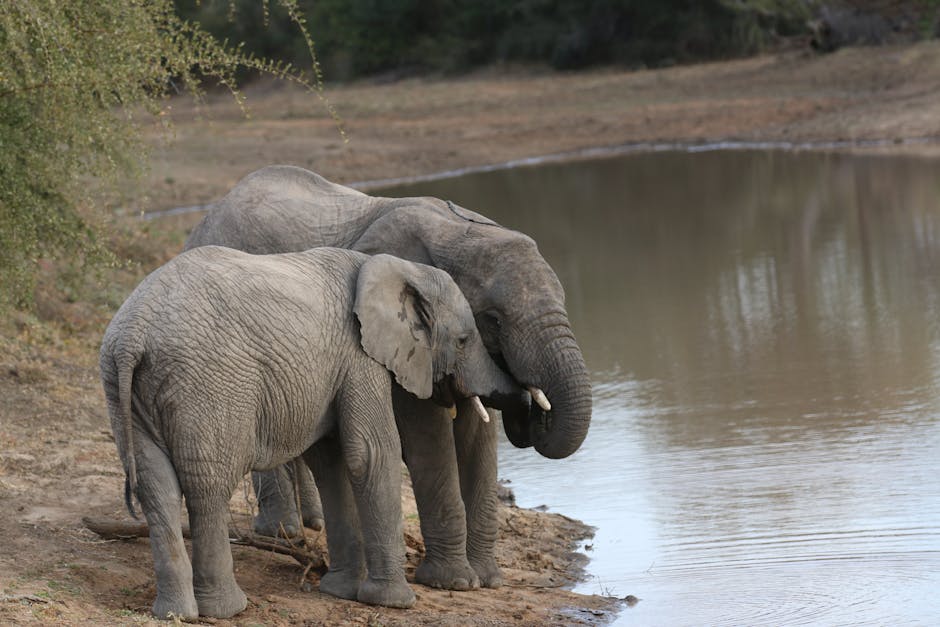
All elephants may become aggressive when sick, injured or harassed. Elephants react to threats or challenges in three different ways. Dominance or threat displays are designed to demonstrate the superior strength and social position of the individual. They may look towards the threat, spreading their ears out. 'Standing tall', they raise their head and tusks high. Head-shaking and trunk-swishing can also be seen. Elephants are capable of and have run down and stomped leopard to death. They sometimes form large communities with family groups coming together. Elephants are one of the smartest animals in the world. It has been observed that they show empathy towards dying elephants or animals of their own kind. They do not take their offspring away to protect them from all kinds of danger. Elephants can move both forwards and backwards, but they cannot jump.
They can overturn gigantic trees with their teeth and proboscis..
https://howtoplaythedjembedrums.com/angry-elephant-attacks-lion-very-hard-wild-animals-attack/
Hey Somebody sing well Can I just say People come on and try to do what you've just done in their first 15 seconds And normally when we looks at them it goes no, we're not doing that. Oh You're a natural-born entertainer. Oh, thank you. Thank you, Robbie. What's your name? And where you're from? My name is Ola and I represent the Caribbean Trinidad and Tobago now My name is Ola and I came from the caribbean Trinidad and Tobago to be exact I definitely love the UK and I learned another family here of the company upon dong since I was 15 years old So England is very very close to me We come to the X Factor UK the represent calypso music and soca music We are beautiful things I get soca music worldwide and blue ball and get it all day out there then to me The X Factor is the moon If I got a yesterday from the judges is good to be up party in Trinidad and Tobago, you know, I mean You're gonna lock down the streets I've been singing 17 years now yep, so music soca music dancehall so Do you write your own stuff? I'll write my own stuff.
Yeah, definitely. Well, let's see Nope nope, no, no, no That's the wrong tune that's the Wrong cherry, even your no is odd that was wrong That was You our Superstar, he's got moves. You've got personality. You've got a great voice and you have the x-factor You can't learn how to do that is a god-given gift If only I had some of those moves are really a Jones bro some of them but not you know Listen, they are to the utmost you absolutely killed it I've not been sat on this panel that long but that is definitely the most fun I've had sat here You know a lot of people come here and they shy away from this massive massive moment, but you really really grabbed it Thank you for that.
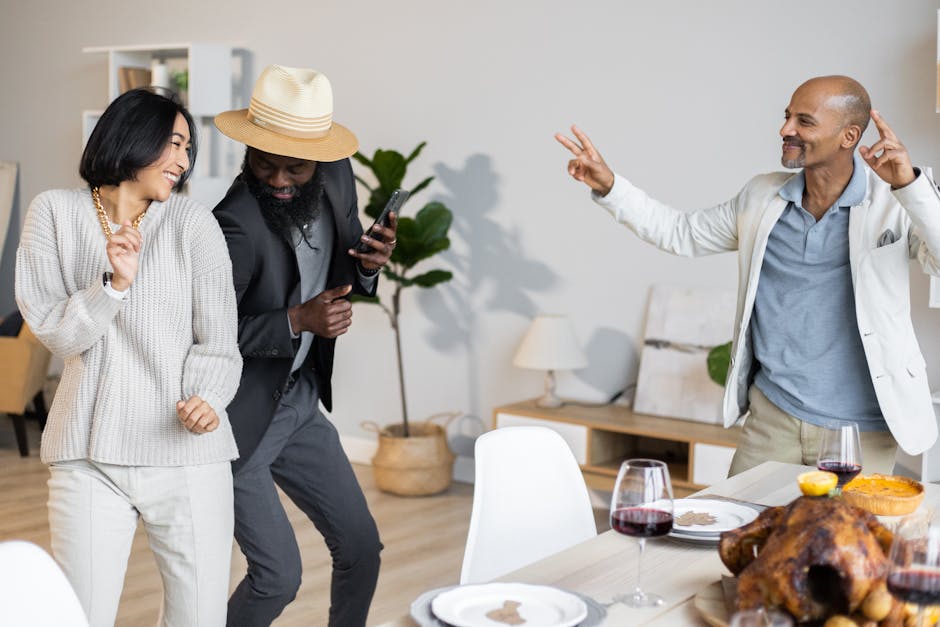
Oh That this is exactly the kind of act I love finding on a show like this We're gonna vote Robbie definitely a yes for me. I love you I love you more. You were absolutely amazing. It's a yes from me hola you have 4500 yeses. Congratulations.
Let's shrink an elephant to the size of a mouse and enlarge a mouse, and make it the size of an elephant, because this is our video, and we want to see what happens. First: our now tiny elephant, stumbles around and then drops dead. Tiny elephant buddy is very cold; frozen to death in minutes. Our giant mouse looks very uncomfortable for a moment, and then it explodes. leaving hot mouse insides everywhere. Why? Because of size. We are optimized to function precisely for the size we are, and would die horribly in any other environment.
But, why exactly? Why does our mouse explode, and can we do this to our elephant too, if we try hard? Life on this planet is based on cells. Cells do vary in size. But they're pretty similar in their dimensions across all species. A blue whale doesn't have bigger cells than a hummingbird, just a lot more of them. Cells have to do a lot of stuff to stay alive. And they need energy to be able to do so. To get this energy, animal cells convert food and oxygen into usable chemical energy. This happens in our mitochondria, the powerhouse of the cell. They're like little coal engines that spit out tiny ATP batteries, which the cell can use for almost everything it needs to do.
Just like an engine, mitochondria get really hot while working. In human skin cells, they reach a scorching 50 degrees Celsius. And some of our cells have up to 2,000 mitochondria which are radiating their heat into the cell. So, being alive generates a lot of heat. The more cells you have, the more heat your body generates in total. If our bodies didn't find ways of losing this heat, we would be cooked from the inside and die. But this is a problem for bigger animals because of the way bodies change as living beings scale up. Animals have 3 properties here that are important. Their length, their outsides or skin, and their insides, like organs, bones, and hopes and dreams. The thing that's hard to wrap your head around is that when things grow, their insides grow faster than their outsides. Imagine a fleshy cube. If you double the length of its sides, its surface and volume do not double.
In fact, the surface is now 4 times the original size, and the volume of the cube 8 times the original size. Which is called the Square Cube Law, and has been annoying nature for billions of years. So why is this a problem for big animals? Because heat can only leave an object via its surface. So if we make our mouse the size of an elephant, or 60 times longer, it has 3,600 times more surface from which to lose heat. But it has 216,000 times more volume filled with trillions and trillions of new hot mitochondria that produce more heat. A lot more insides; not that much more skin. Our mouse is very dead, very fast. But big things like elephants exist. So how do they deal with the heat? For one, they evolved ways to get rid of energy more easily like huge flat ears, that have a lot of surface where heat can escape. But that's not enough. Nature's solution is actually very elegant. Elephant cells are much, much slower than mice cells. The bigger an animal is, the less active its cells are. If we classify animals, by their metabolic rates, and compare that to their overall mass, It's clearly visible.
It's not 100% accurate, but it is a good rule of thumb. Elephants are huge meat sacks filled with trillions and trillions of little coal ovens. So, they keep the ovens just active enough to keep them running and never at full power. Their whole metabolism is slow. Things move at a nice chill pace. Small animals need to go the exact opposite way. If you're small, you have a lot of surface area compared to not a lot of volume. You don't have a lot of cell ovens and lose the heat they produce very fast. So very tiny mammals came up with a very extreme solution.
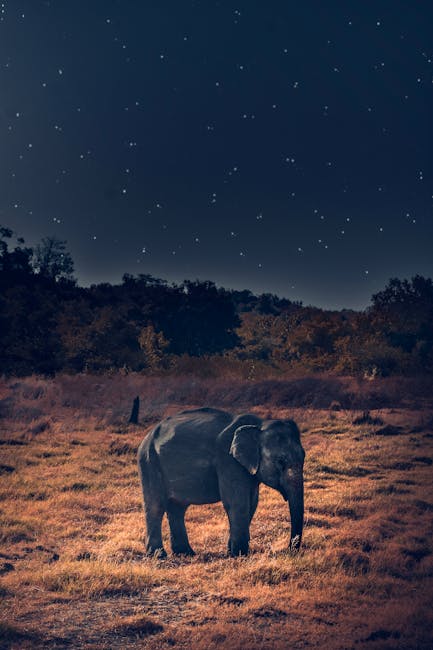
Meet the Etruscan Shrew, the smallest mammal on Earth. A mole-like thing that's more closely related to hedgehogs than to mice. With the body length of 4 centimeters, it only weighs about 1.8 grams - as much as a paperclip. It's a tiny ridiculous being. It would basically cool off immediately, so its cells run on overdrive to stay warm. Its tiny ovens are filled at maximum capacity.
Its heart beats up to 1,200 times a minute, and it breathes up to 800 times a minute. This creates an extreme need for energy. So the shrew has to eat constantly. After only 4 hours without food, it starves to death. And while an African elephant consumes around 4% of its body weight in food each day. Our shrew needs 200% of its body weight in food a day just to survive. Imagine having to eat 2,000 Big Macs a day more than one a minute.
Fun for a while, but then not so much. So, a cubic centimetre of shrew needs 40 times more food than a cubic centimetre of elephant. If an elephant's cells suddenly become as active as the cells of a shrew a crazy amount of heat would be generated. All the liquids in the elephant would suddenly start boiling. And then it would explode in an impressive explosion of steaming hot burning elephant parts. In reality, before an explosion occurred the proteins making up our cells would probably be denatured, and stop producing heat. But a meat explosion is much more fun than melting an elephant into a massive hot goo. Regardless, the scaling of the speed of metabolism happens everywhere. Even in places we don't expect, like pregnant women. A baby in the womb of its mother behaves as if it were a part of her. Its cells have about the same metabolic rate, the same speed of life, as its mother's organs. It is truly a part of a bigger whole, rather than an individual. Until it's not anymore. The very moment a baby is born, a switch is flipped and all its internal processes speed up rapidly.
36 hours after birth, the baby's cells have the same activity rate as a mammal its size. Babies literally transition from being an organ to being an individual, in mere hours. But there's one thing where big and small things are very similar: Heartbeats. Mammals tend to have a similar amount of heartbeats, over their lifetime. Typically around 1 billion. So, while the shrew and elephant are very different, they share a similar number of heartbeats over the course of their lives. Their speed of life is the opposite and somehow still the same. And, for a video in which we made elephants explode for no good reason. This is the most romantic ending we could come up with..
https://howtoplaythedjembedrums.com/how-to-make-an-elephant-explode-the-size-of-life-2/
https://www.youtube.com/embed/D2N99_Sf6mk
welcome back today we're looking at the world of high fashion whoa how good is the peplum on this hat lamp if you don't know what peplum is bloody educate yourself Oh Dan she goes that was predictable lamps are meant to be stationery and clothes are meant to allow for movement so it's no wonder this design is a sandwich what a depressing lamp look at this bloke he knows that when it comes time to pump it down the runway you need to pump it hard look at the saunter the swag when you're this confident the clothes just work people won't ask you dumb questions like why do you have so many tees and what's the ETA on shaving your inner thighs next up power dressing Reds are real power color feel your oats strut your stuff but don't overcook it all she overcooked it hey I like that sarong it looks bloody comfy ten out of ten I would free ball in that at a barley Villa don't be confused the cat licking its is the catwalk coach for this fashion show oi Karen that's not what I taught you watch me everyone heel-toe heel-toe head up constant date work it yes Yas Queen engage crowd and turn what are you doing you are it up that was a horrible turn take that weak home I'm bored I'm so bored by you I'm scratching my neck sorry everyone are their marbles on the runway here this is like watching a baby giraffe learning to walk here comes the drop Oh someone is helping her that's rare when a model up usually everyone ignores them and wants them dead that may still happen but at least one wanker cares what a fair dinkum real human bean you can always tell the person that hasn't shown up for rehearsals because they fall through the stage yeah these models are professional they're not helping her she's gonna get killed as Coco Chanel's famous saying goes as you leave the house take one thing off then steal a bunch of roof thatching and wear it as a hat that's a verbatim quote I'm pretty sure this design is inspired by the primitive technology YouTube channel why buy a house when you can wear one on your head nothing says chic like a bowling ball in a bag and nothing says wizard like a bald cap and Apache beard I reckon the ancient bowling wizard look will eventually catch on give it time high fashion is always ahead of the times yeah me this is what we're going to look like in the year 3000 I'm excited we're gonna be pale and malnourished but the parties will be fun oh yes I love a good ready-to-wear collection this would be fantastic in summer shotgun not being the human head plug this one is confronting it's like to over growing leeches mating violently with a ginger man trapped between them the world will never be ready for this one it's far too impractical this Sheila is going yeah na na Nana na na na na this is more like it it looks cumbersome initially wait for it though one quick adjustment turns a party balloon into a ripper summer dress yes Quechua fashion yes he's heading to the pub to have a drink with these ancient bowling wizard friends and everyone in the industry that's been fired for making one mistake
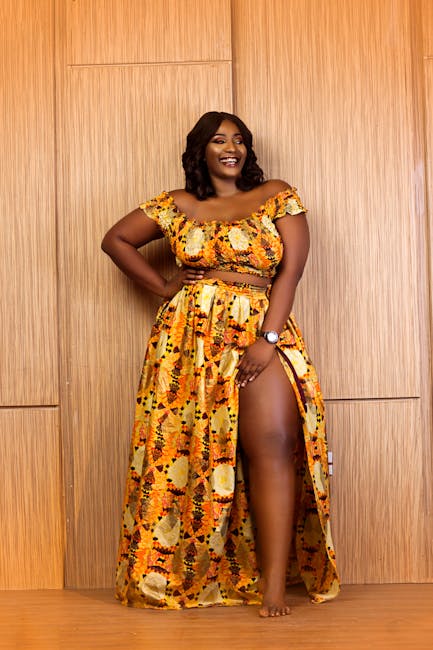
https://howtoplaythedjembedrums.com/ozzy-man-reviews-high-fashion/
https://www.youtube.com/embed/DLCYy_C0ATY
GOAT MEAT 🔴REMEMBER TO SUBSCRIBE TO THIS CHANNEL🔴 .
